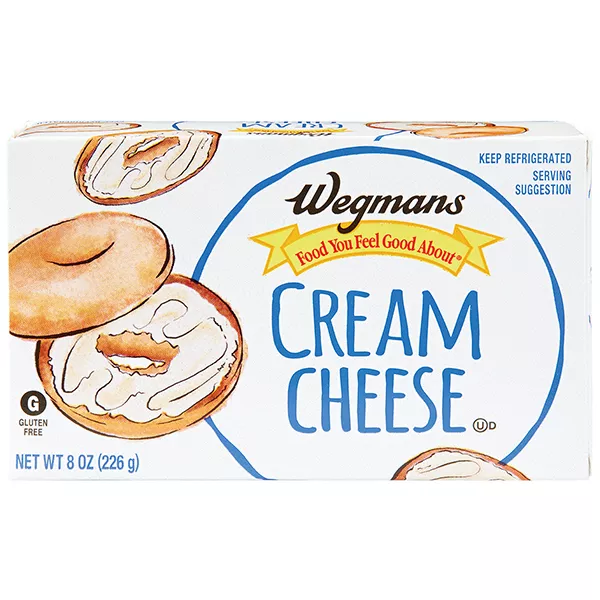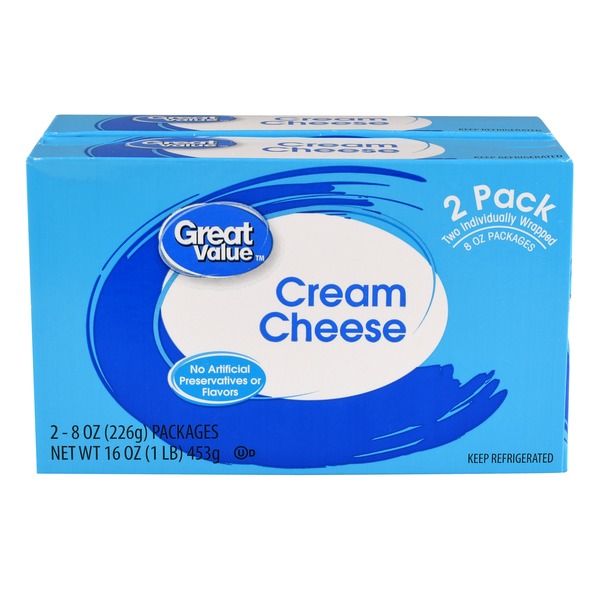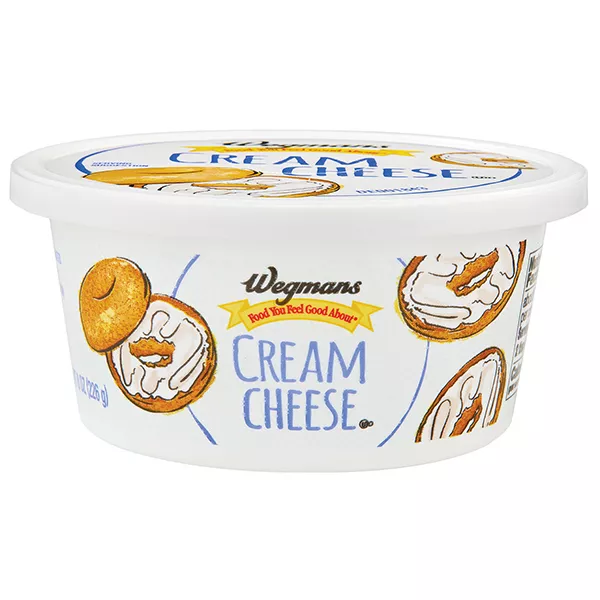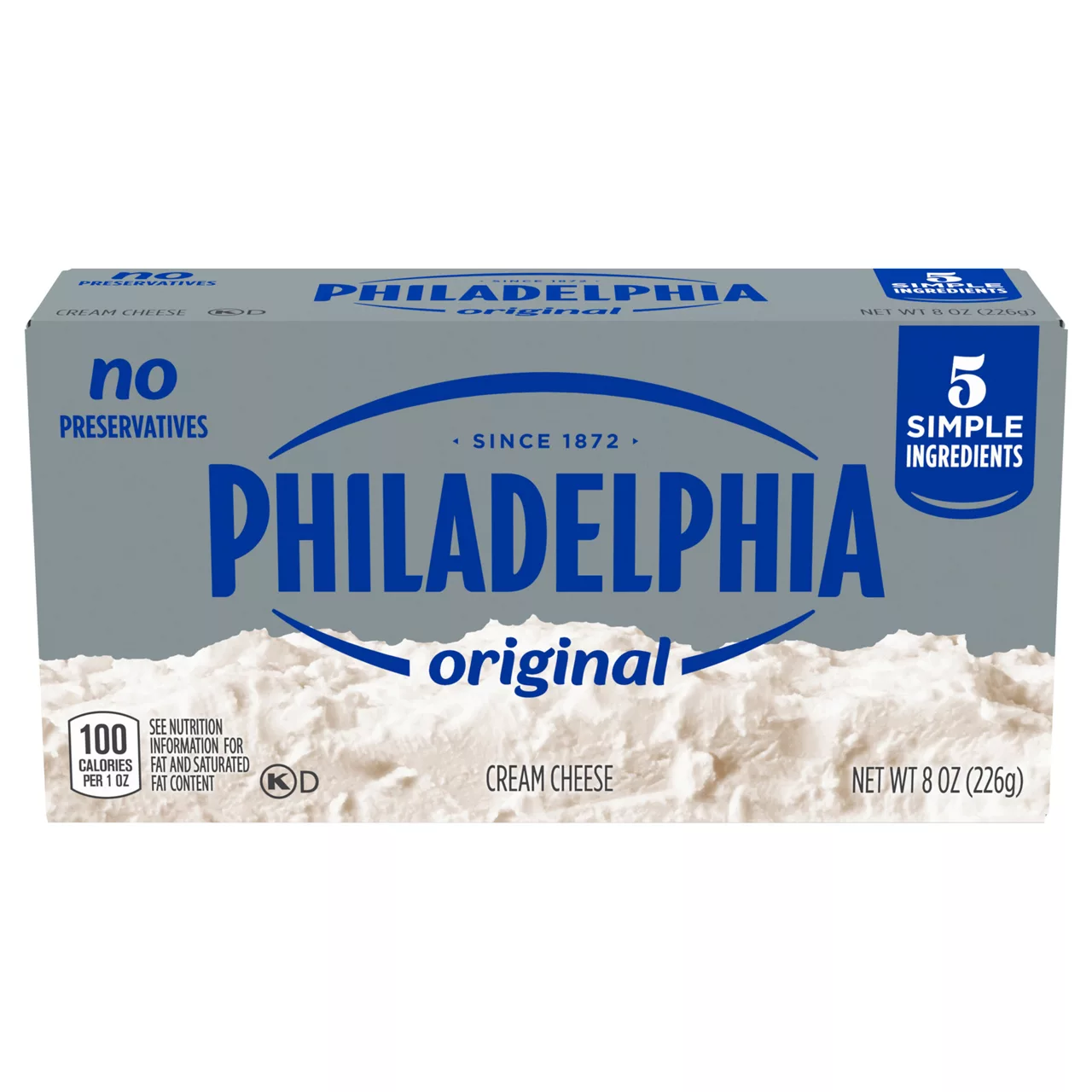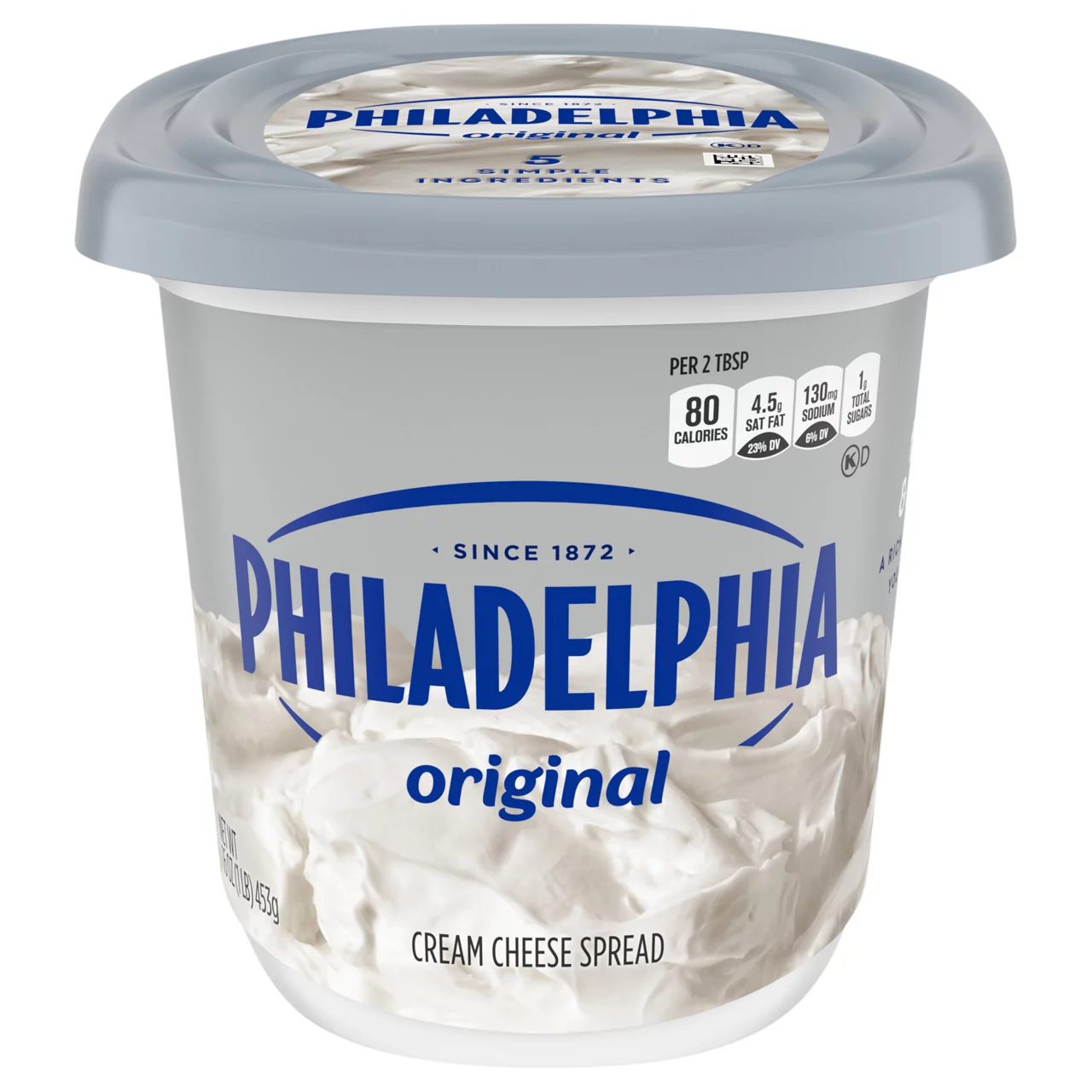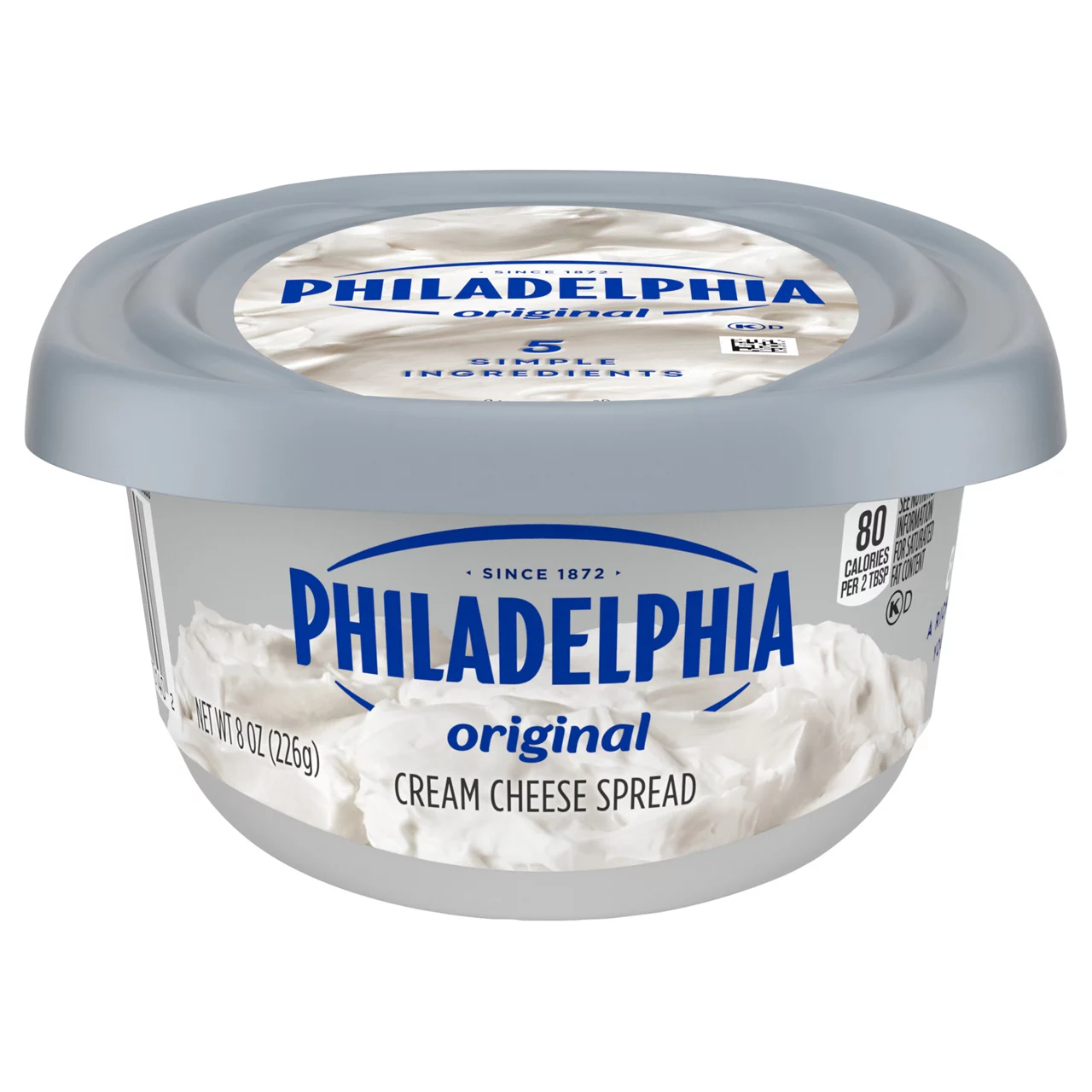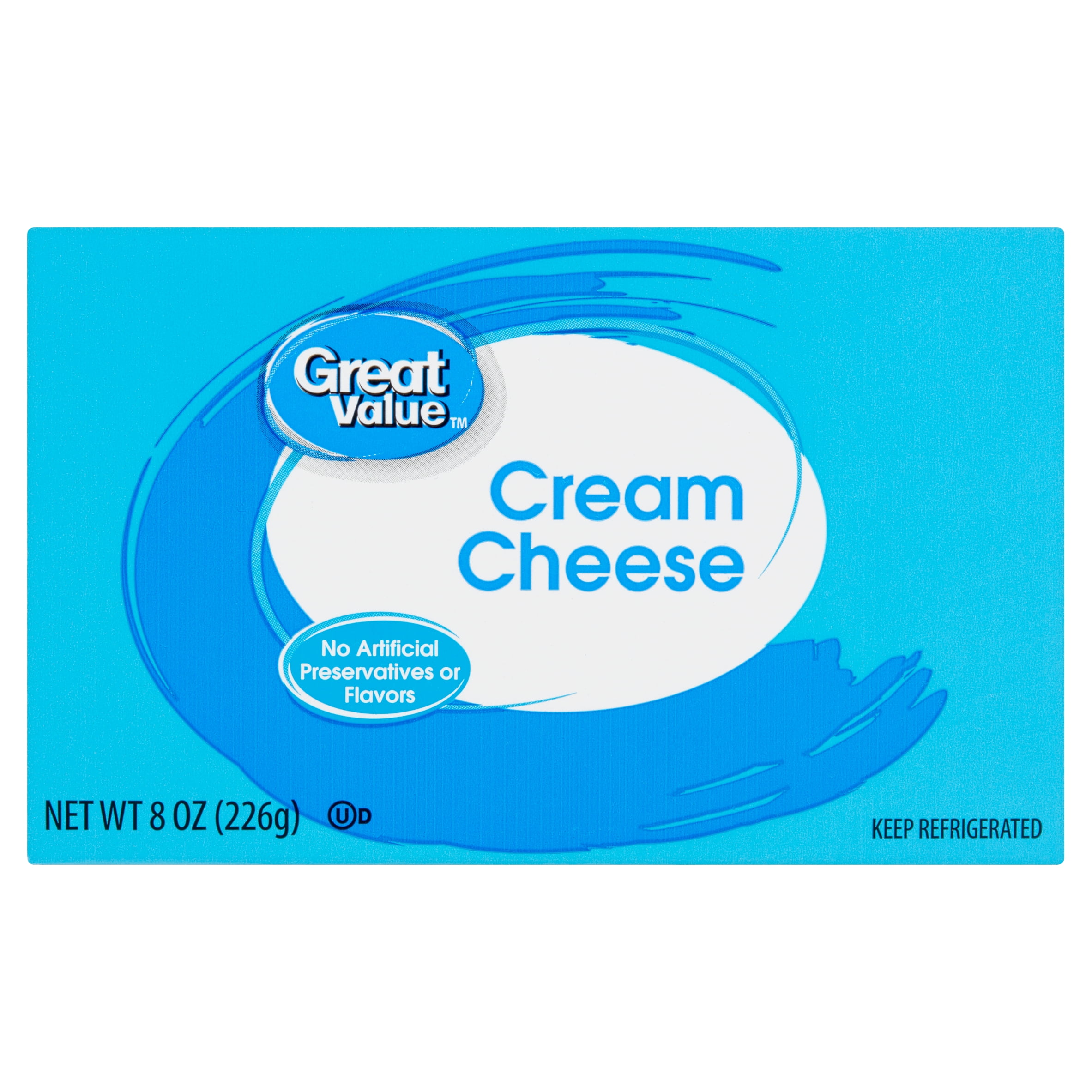Cream Cheese
Cream cheese is a versatile dairy product known for its rich, smooth, and slightly tangy flavor. This soft cheese is made from cow's milk and has a thick, spreadable texture, making it a popular choice for both sweet and savory dishes. Commonly used as a spread on bagels and pastries or as an ingredient in cooking and baking, cream cheese is loved for its luxurious consistency and ability to blend seamlessly with various flavors.
Thanks to its high fat content, cream cheese boasts remarkable versatility in the culinary world. It serves as a base for a variety of desserts like cheesecake, frosting, and dips, as well as a key element in savory dishes like creamy pasta sauces, dips, and stuffed chicken. Its adaptable nature allows home cooks to experiment with different flavors and textures, elevating everyday dishes to a new level of indulgence.
12%
CARBS
75%
FAT
13%
PROTEIN
1,575 Cream Cheese Products
Wegmans Cream Cheese, Bar, Original
Great Value Cream Cheese
Wegmans Cream Cheese, Soft, Original
Philadelphia Original Cream Cheese
Philadelphia Original Cream Cheese
Philadelphia Original Cream Cheese Spread
Philadelphia Original Cream Cheese Spread, Tub Original
Great Value Cream Cheese
Wegmans Cream Cheese, Soft, Original
Philadelphia Original Cream Cheese
Used In 1,290 Recipes
6
Cheesy Beef Chili Mac with a Twist
4
Cheesy Chicken Bacon Ranch Broccoli Bake
6
Golden Chicken with Velvety Garlic-Herb Sauce
5
Cheesy Spinach-Stuffed Chicken Breasts
2
Ultimate Cheesy Baked Ziti
5
Cheesy Spinach Tortellini Skillet
3
Creamy Spaghetti with Rich Meat Sauce
3
Creamy Delight Chicken and Cheese Stuffed Bell Peppers
Cream Cheese Is Frequently Used With
Cream Cheese FAQ
The most common questions when cooking with cream cheese revolve around its usage in both sweet and savory dishes. Some people struggle with incorporating the cream cheese smoothly into their dishes due to its typically thick texture. For perfect incorporation, it's best to let the cream cheese soften at room temperature before using it.
Many home cooks also misunderstand that high-quality cream cheese can upgrade the taste of dishes significantly, preferring to focus mainly on the more dominant ingredients. Opting for full-fat cream cheese instead of low-fat or non-fat versions will significantly impact the final dish's flavor and overall quality.
A common mistake while cooking with cream cheese is adding it to hot mixtures, like sauces or soups, straight from the fridge. This can cause the cream cheese to curdle. It should be at room temperature and added to slightly cooled mixtures while whisking continuously to maintain a smooth consistency.
Here's a lesser-known trick: cream cheese can be used to enrich whipped cream. Just add a bit of cream cheese to your whipping cream, and you'll end up with a more substantial, thicker whipped cream that holds its shape for longer.
How can I bring cream cheese to room temperature faster?
Can cream cheese replace sour cream in recipes?
Can I use cream cheese for Alfredo Sauce?
Why is my cheesecake made with cream cheese cracking?
How can I make cream cheese frosting stiffer?
How can I use cream cheese to make my scrambled eggs creamier?
Can cream cheese curdle in soup?
Is there a difference between whipped cream cheese and regular cream cheese?
I don't have butter, can I use cream cheese in my cookie recipe instead?
Can I use cream cheese to thicken my gravy?
Expiration & Storage Tips
When does cream cheese expire?
An unopened pack of cream cheese typically lasts for about a month past the 'sell by' date on the package in the refrigerator. If opened, it's advised to consume it within two weeks. You could also freeze cream cheese for up to two months which might change its texture slightly but it's still good for cooking and baking.
How do you tell if cream cheese is bad?
If cream cheese has gone bad, it will have significant physical changes. You'll notice an off-smell, or a sour taste that's quite strong and different from its usual tangy flavor. Similarly, you'll observe a change in its colour and texture; discolouration, mould growth or presence of dark or green spots means it's time to toss it away.
Tips for storing cream cheese to extend shelf life
• Keep cream cheese in the refrigerator, preferably at or below 40°F (4°C). It's best stored in the original container until it's opened.
• Once open, wrap the cream cheese in aluminum foil or plastic wrap and store it in an airtight plastic container to prevent it from drying out.
• If you want to freeze cream cheese, first portion it into useable amounts - little block or dollops, and wrap each tightly in plastic wrap and then in foil. Put those wrapped bundles in a freezer bag.
• To defrost frozen cream cheese, move it from the freezer to the fridge the night before you plan to use it so it can thaw gently and evenly.
EXPIRES WITHIN
3 - 4
MONTHS
Equivalents
Substitutes
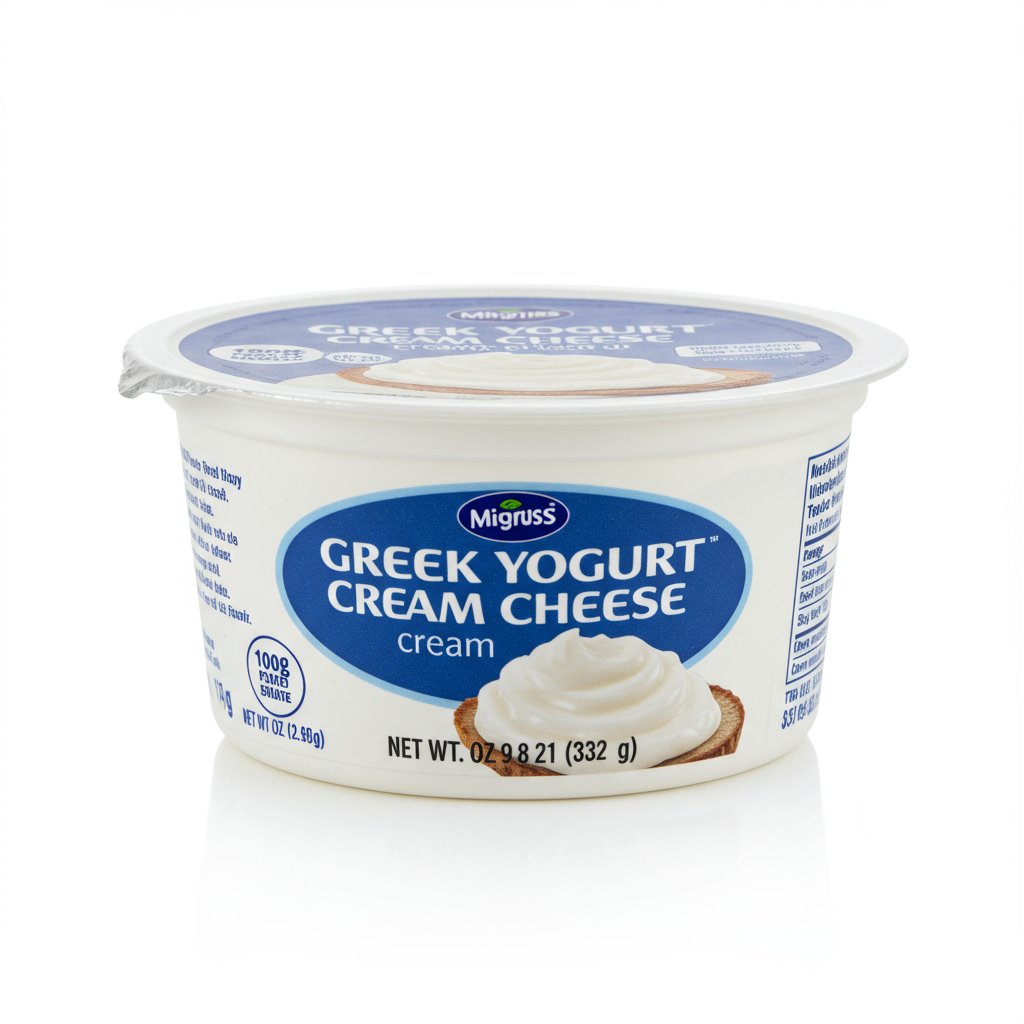
Greek Yogurt Cream Cheese

Whipped Cream Cheese

Neufchatel Cheese

Berry Cream Cheese

Brown Sugar Cinnamon Cream Cheese

Mascarpone Cheese

Apple Cinnamon Goat Cheese

Berry Whipped Cream Cheese

Blueberry Goat Cheese
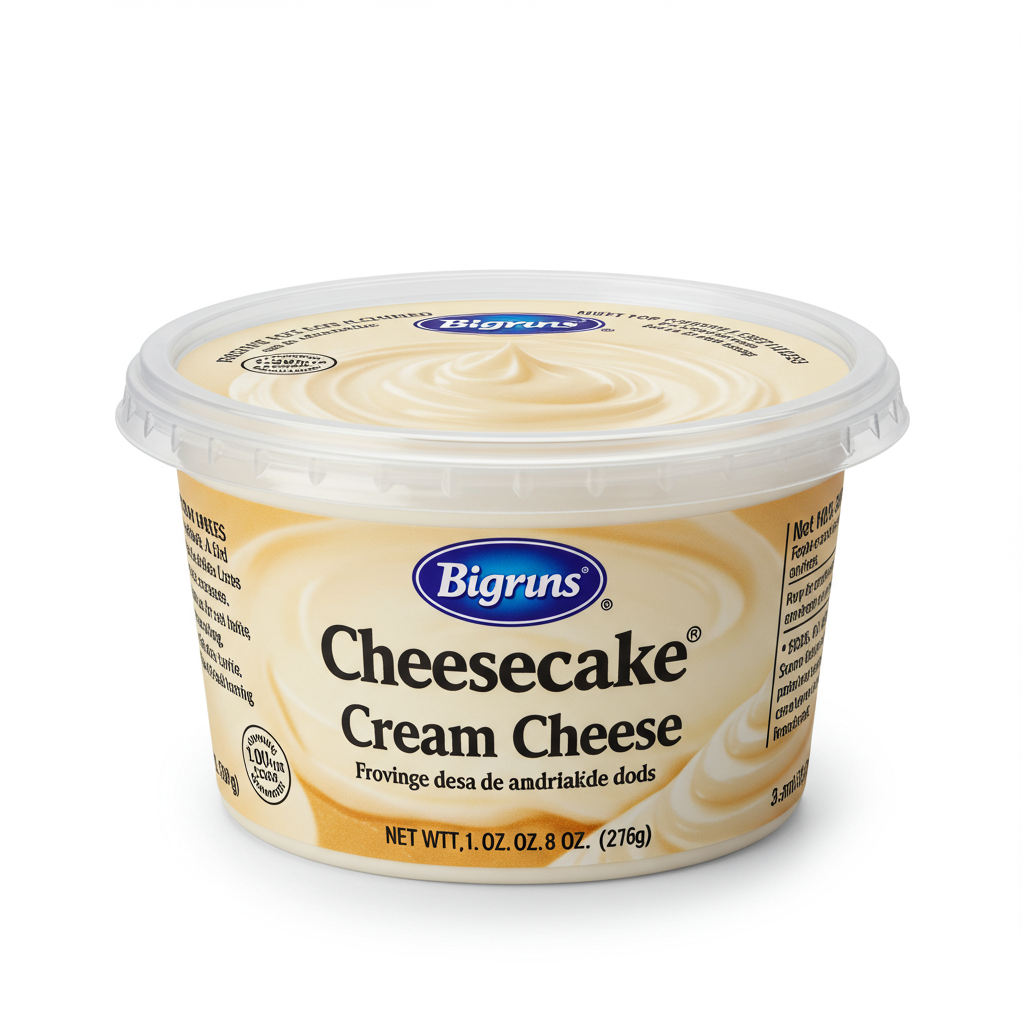
Cheesecake Cream Cheese
See All
Health Info
Macros
1g
CARBS
9g
FAT
1g
PROTEIN
Allowed on these diets
LOW FAT
HIGH CALCIUM
VEGETARIAN
KETO
MEDITERRANEAN
LOW CARB
GLUTEN FREE
Contains these allergens
MILK

